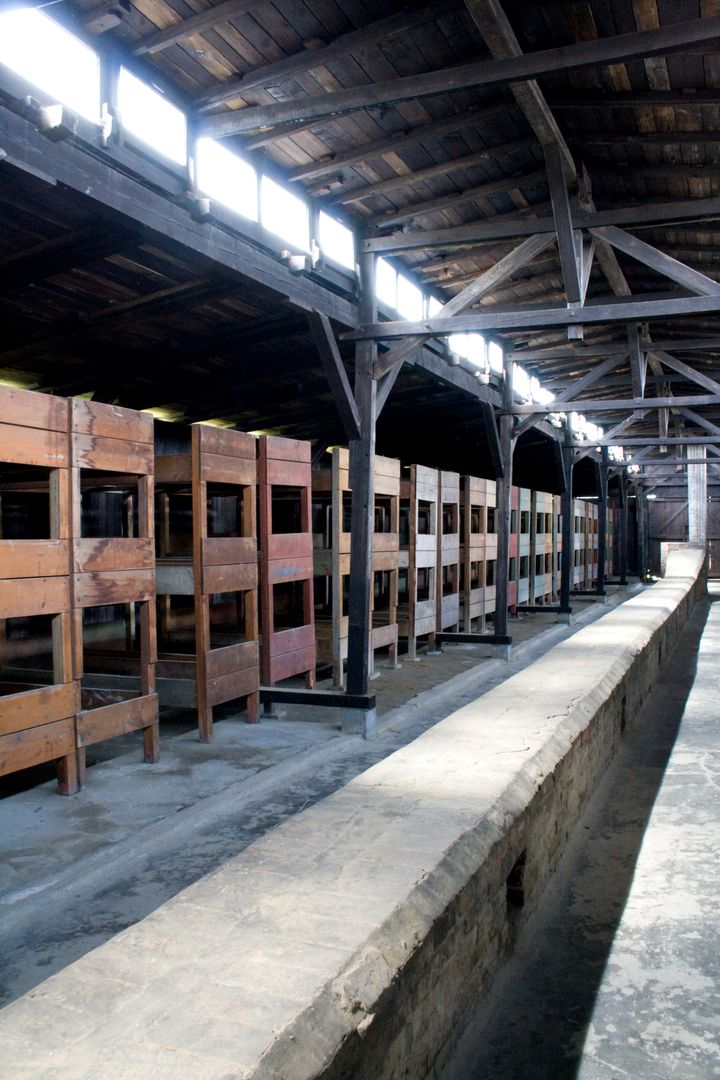German Nazi concentration and extermination camp Auschwitz II-Birkenau
7.42

Overview
Auschwitz II – Birkenau, the largest German extermination camp, operated from March 1942 to October 1944 and was a key element of the "Final Solution to the Jewish Question." Approximately 1 million people perished in this camp, mostly Jews, but also Poles, Roma, and Soviet prisoners of war. Organized as a rectangular area covering 140 hectares, Birkenau was surrounded by barbed wire and divided into sections containing barracks, gas chambers, and crematoria. Construction of the camp began in 1941, and its architecture included both makeshift buildings and specially designed crematoria II, III, IV, and V, which were put into operation between 1943 and 1944. The camp was governed by a brutal hierarchy, with SS officers and kapos overseeing prisoners and their forced labor. Selected prisoners endured traumatic separations from their families, and their identities were reduced to camp numbers, emphasizing their dehumanization. Life in the camp was marked by brutality and humiliation; Jews were held in extremely inhumane conditions, and many died as a result of gassing or forced labor. Interestingly, the camp had the capacity to hold up to 100,000 Soviet prisoners of war, though it never served this function. After World War II, Birkenau became a symbol of the Holocaust and a memorial site, showcasing the horrors of that era. The gas chambers and crematoria were last used on November 28, 1944, just before the camp was liquidated. Auschwitz-Birkenau remains an incredibly important site in the context of Holocaust remembrance, serving as a testament to human suffering and crimes against humanity.
Location
Tickets
You can also find here:
2025 Wizytor | All Rights Reserved

